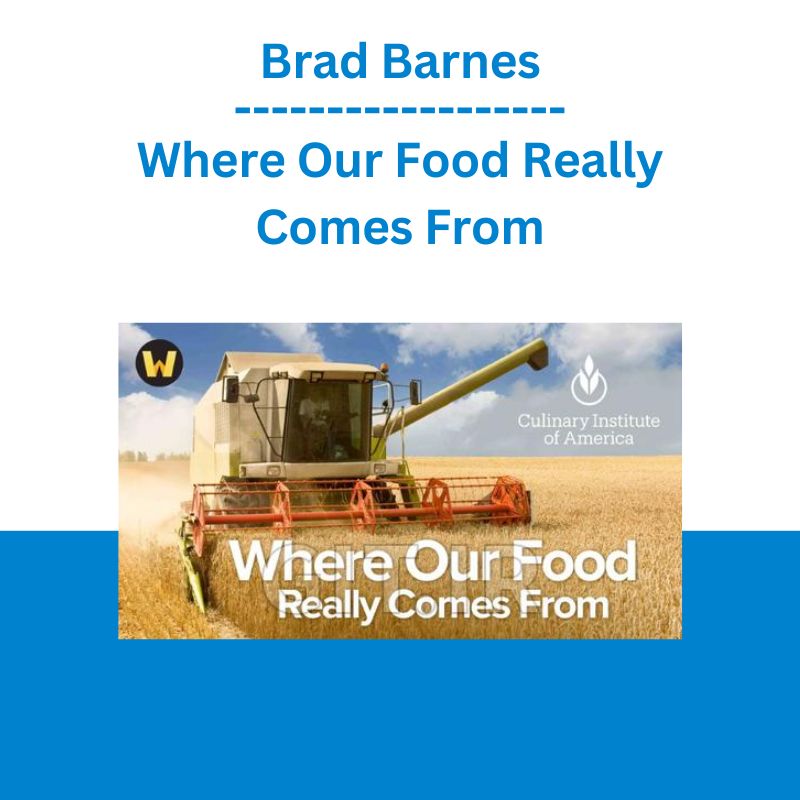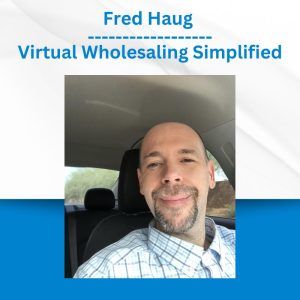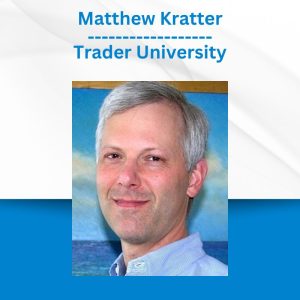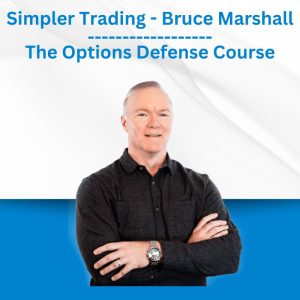*** Proof of Product ***
Exploring the Essential Features of “Brad Barnes – Where Our Food Really Comes From”
Where Our Food Really Comes From
From faraway fisheries to fine dining restaurants, dive into the modern food industry to better understand how food is grown, transported, processed, procured, and prepared.
LECTURE
Trailer
01:From Farm to Table to Feeding the World
While cooking your meals with locally produced fruits and homegrown veggies is ideal, it’s not always feasible. Learn about the industry that is responsible for cultivating and producing most of the food you eat from the grocery store tomato to your run-of-the-mill frozen lasagna.
24 min
02:How Consumer Choices Change Our Food Supply
As consumers in the 21st century, we have more power than we realize. See how suppliers approach and make use of personal data in today’s consumer-driven economy. Then, turn your attention to how you can help eliminate food waste and tackle food insecurity, by being more deliberate about what you eat.
25 min
03:From Farm to Where You Shop
And what about the retailer, where most people buy their food? Explore three different types of retail strategies, zeroing in on how each cultivates customer loyalty and encourages purchases. Dissect the anatomy of a supermarket from shelf slots to two-for-one deals. And finish by surveying the manufacturing process.
22 min
04:From Farm to Restaurants, Slow and Fast
Dive into what food service consists of, focusing on what makes commercial and noncommercial food service establishments tick, by looking at fancy fine dining restaurants; supermarket hot food bars; fast food; and even high-volume, public-school cafeterias.
24 min
05:Think like a Chef about Food Choices
Whether we cook much at home or not, we can learn a lot from chefs and how they approach food from the procurement of ingredients to dinner service. See what it really takes to manage a commercial kitchen and discover how chefs craft and prepare tasty but also practical menus.
24 min
06:Why Your Food Costs What It Costs
Start by examining the history of farming from the Morrill Act onward, before looking at the economics of growing and distributing food. What does it take? How does the average farmer fit into the process? And what happens if the supply chain doesn’t—or can’t—reach everybody?
24 min
07:The Hidden Food Expenses We All Pay For
Our modern food industry–efficient, precise, and vast–has some significant costs. Explore how the complex system that feeds America can negatively impact human health and the natural environment. Examine the viability of prospective solutions like true cost accounting, wage hikes, consumer boycotts, and academic research.
24 min
08:The Global Future of Food
At the course’s finale, look forward. With the possibility of a devastating syndemic staring you in the face, take stock of what you learned here to make better decisions about what you eat, and see how others, like Menus of Change and Louisiana food hall chefs, are pioneering better ways to procure and prepare food.
26 min
DETAILS
Overview
What do you really know about that tub of strawberry yogurt in your fridge, that canned soup in your cupboard, that pizza you ordered last night? Whose hands did it have to pass through—farmers, bakers, truck drivers, retail workers, recipe developers, graphic designers, chefs—to get to you in its current form? Answer these questions and more with Where Our Food Really Comes From, an eight-part course focused on the ins and outs of our commercial food system from its design and history to the people, economics, and technologies that make it work
About
Brad Barnes
To transform plants and animals responsibly into the things that feed us and nourish us, there must be a deep and ingrained respect for all the aspects of our food system.
Brad Barnes is a Certified Master Chef and a strategic food business development consultant. He is also the president of Pure Food Consulting, a company focused on innovation in all types of food businesses. He previously was the senior director of consulting and industry programs for The Culinary Institute of America. The American Culinary Federation certified him as a culinary competition judge, and the World Association of Chefs’ Societies certified him as an international judge. He is the coauthor of So You Want to Be a Chef?, So You Are a Chef, and The American Culinary Federation’s Guide to Culinary Certification.
REVIEWS
cpr_norcal
Northern California
Excellent and Very Interesting Big Picture Topics
As an Engineer, Conservationist, and Food Lover I found the course and the instructor to be engrossing. I appreciated the scope and organization of topics as well as the depth of coverage. Very relevant and attention-holding information and presentation highlighting connectedness. Highly recommend.
Please see the full list of alternative group-buy courses available here: https://lunacourse.com/shop/









